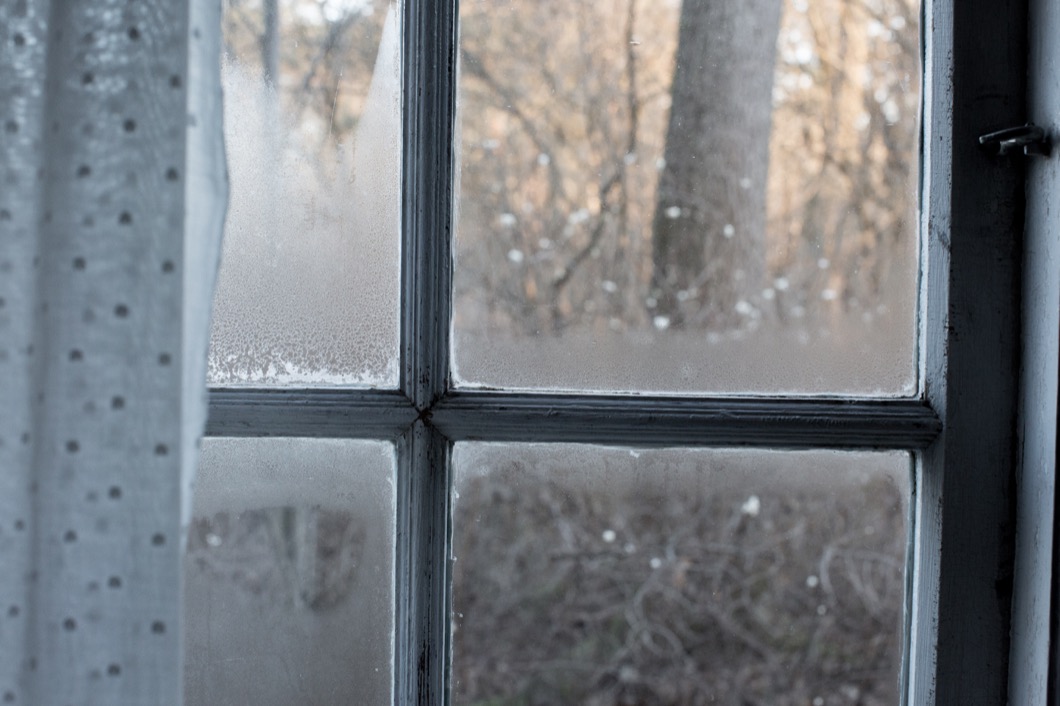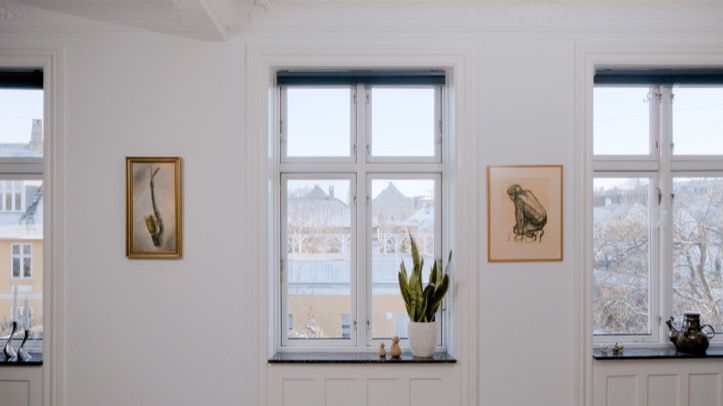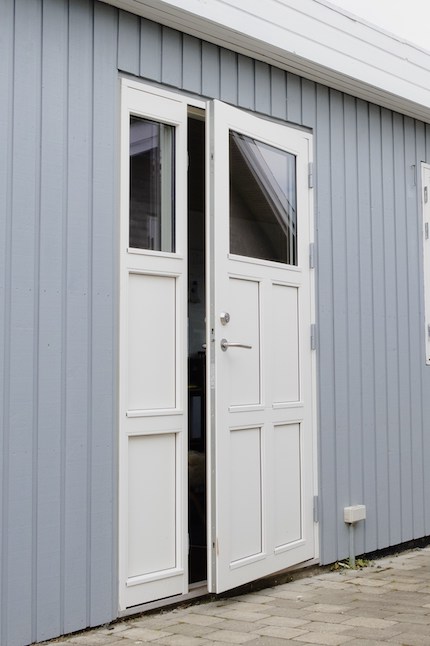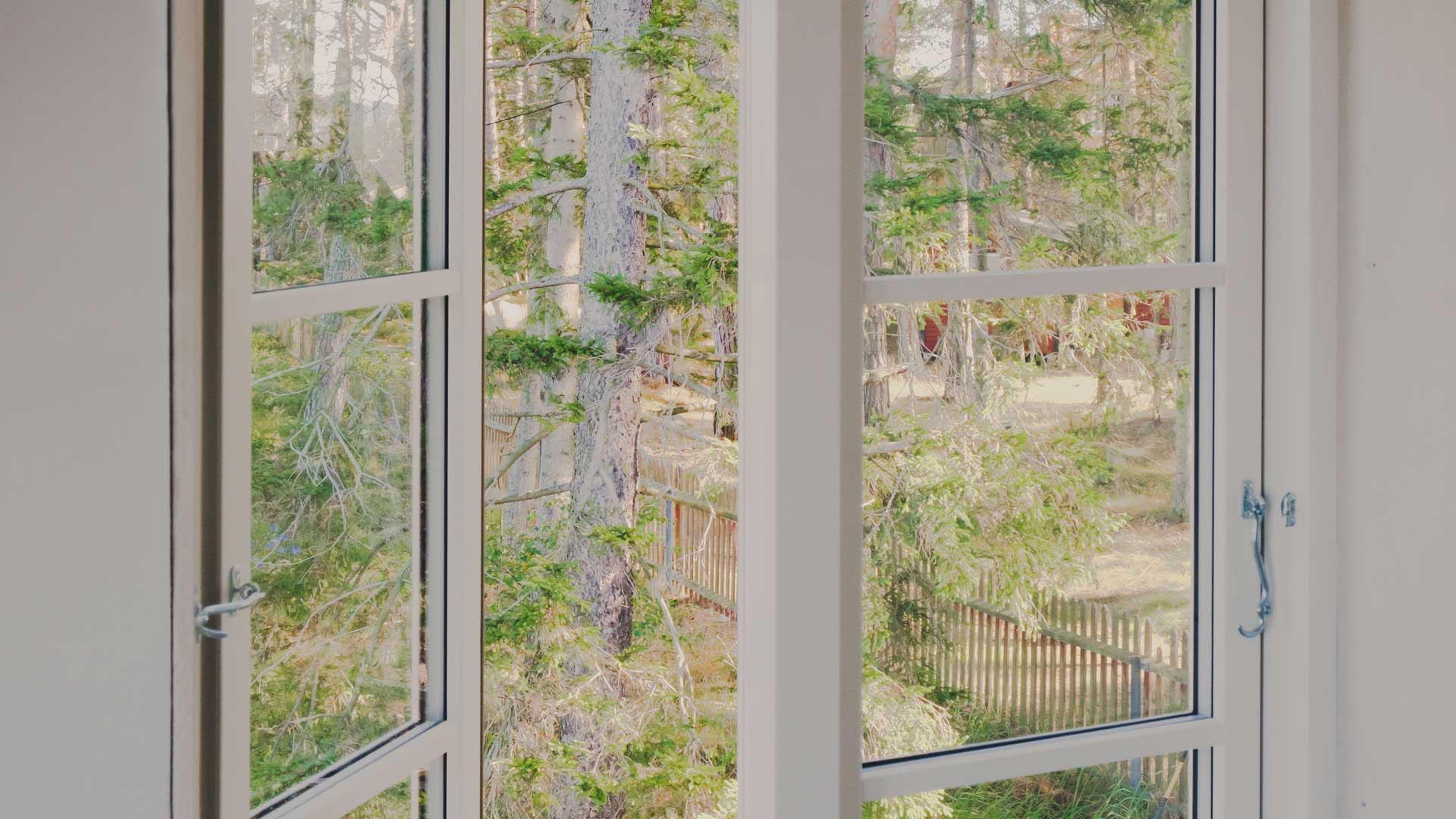
The Complete Window Maintenance Guide
Table of content

Given the number of windows you likely have in your home, it may seem like a daunting chore to deal with their upkeep. But adding just a few minutes to your regular cleaning routine will guarantee that you are on top of any issues as soon as they arise and increase the longevity of your windows. Plus, following Klar’s window maintenance guide below will ensure peak performance of your windows for as long as they last.
Glass Panes
Let’s begin with the largest component of any window – the glass panes themselves. Whether you have single, double or even triple glazed windows, the glass should ideally be cleaned internally once a month and externally at least once or twice a year.
Spray a solution of vinegar and water or a generic glass cleaner onto the surface, wipe it dry with a lint free cloth or newspaper, and follow up with a dry cloth for a streak-free shine.
Take note of any condensation, fogginess or cloudy appearance in your window panes. With single-pane windows, this is an indicator of poor insulating capacity, and you would be well served to budget for new multi-glazed windows. In a double or triple glazed window, condensation may mean moisture is seeping in between the panes, meaning the seal has failed.
If the window’s seal is no longer intact or you notice any cracks in the panes of glass, you will need to replace your window unit. Read Klar’s guide on what windows to buy here for key considerations.
Window Seals & Framing
The next most important areas for your maintenance efforts are the seals and framing enclosing of the glass panes. If you have wooden windows, this may require a bit more attention, but all types of windows will benefit from the following:
Dust off your window frames on a weekly basis with a standard dust brush or dry rag.
Wipe the frames, sashes, tracks and caulked surfaces clean with a non-abrasive mixture of mild detergent and water. An old toothbrush can be effective for scrubbing away grime in tricky spots. Finish by wiping these areas dry with a cloth to remove any excess moisture.
You can also try vacuuming window tracks out, especially ones that are frequently opened and closed as dirt and debris is likely to have accumulated. If the window is sticking, adding an appropriate lubricant to the track can help.
Check for peeling or eroding caulking and damaged weatherstripping and reapply or replace if necessary.
Inspect wooden window frames for flaking or peeling paint, bare wood spots, and any signs of mildew or minor rot. Fill cracks and low spots with an epoxy wood filler applied with a putty knife. Refinish the window frame, making sure to use a paint or stain suitable for either interior or exterior, as applicable.
Window hardware
Keeping tabs on your window hardware should be another key step in your maintenance programme. This will help ensure that these points of entry lock securely to protect against burglaries, as well as open smoothly and quickly should you need to use them in an emergency.
Wipe down window handles, locking mechanisms and any hinges with a household cleaner.
Apply a lubricant to hinges or locks to maintain smooth operation.
Check for rusty areas that could indicate moisture penetration and require treatment.
Tighten any loose screws on components, especially handles.
Inspect for any dents or damage to parts that may need replacement.
Screens
Not all windows will have screens, but for those that do, it is also essential to include these in your regular seasonal cleaning routine or at least once a year. A dirty window screen will blur your view and won’t be as efficient at filtering your airflow.
Remove the screen and start by vacuuming up loose dust.
Wash with a soft sponge and dish soap/water mixture to clean away grime.
Gently wipe with a dry cloth or let air dry before reinstalling.
Inspect screen surface for any minor holes or tears that could need repair or replacement.
When Maintenance isn’t Enough
Even if you can follow all of the steps outlined in this comprehensive window maintenance guide, there will likely come a time when window replacement is the only option. Most industry professionals agree that high-quality, well-maintained windows should last at least 20 years, but that is hardly a lifetime.
Be sure to check your window warranty policy, as most will have a 10-year term or less. At Klar, we offer a warranty that lasts up to 12 years for aluminium-clad products. This could turn out to be very beneficial if your regular maintenance has revealed an issue covered by the plan.
Equally important in your home maintenance efforts, is the care and servicing of your front door, so don’t forget to read Klar’s handy front door maintenance guide here.
FAQs
What causes cloudiness in double-pane windows?
Cloudiness or fogginess in double-pane windows is most likely caused by condensation building up on the glass surfaces. There is no cause for concern if it is outside, as this is a sign of effective insulation ability. If it is on the interior surface, this can result from high humidity in your home, requiring an airing out. If located between the two glass panes, this indicates a failed seal in your insulating unit and will need replacement.
How do you stop window frames from rotting?
Preventative maintenance is key to stopping wooden window frames from rotting. Regular cleaning and inspection are critical to spot moisture buildup that, over the long term, can result in mould, mildew and, finally, rot. If detected early, mitigating measures can be taken to eliminate moisture and treat problem spots.
How do you maintain double-pane windows?
Properly maintaining double-pane windows requires an investment of time in regular cleaning, inspection and repairs to all of a window’s components – from the glass panes, to seals and framing, to hardware, to screens.




